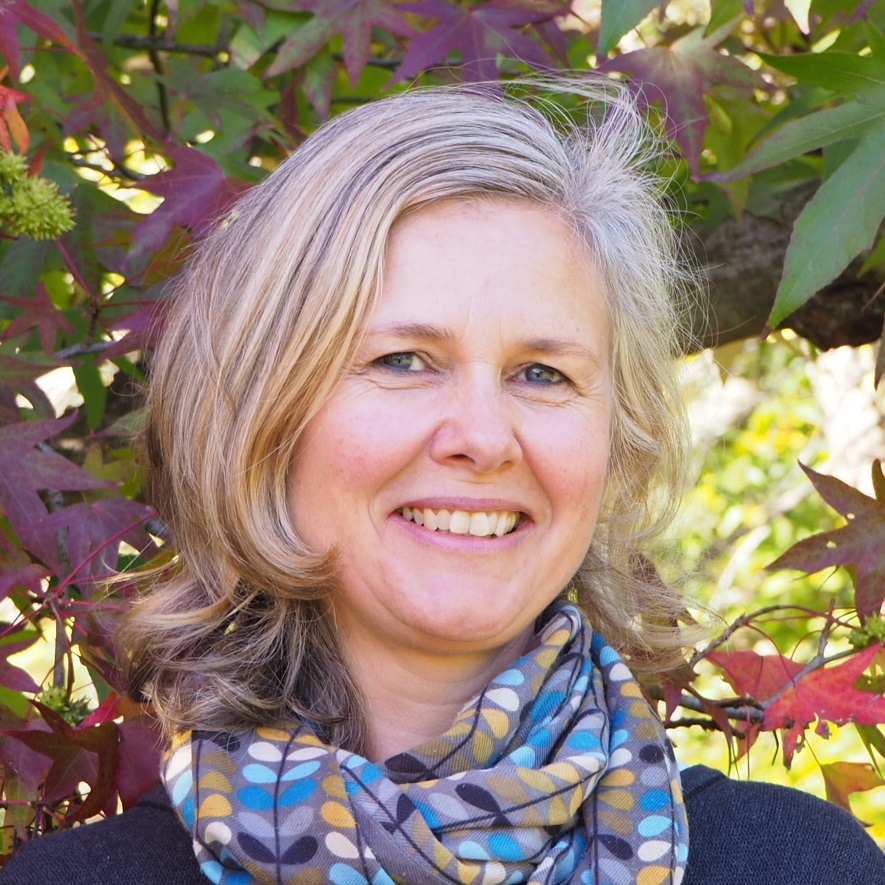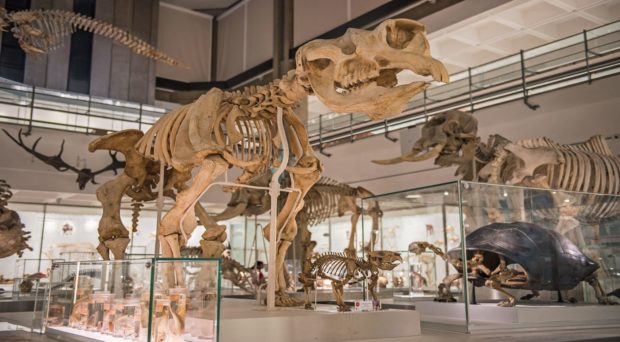Over the next 14 months, Nabil Ali will be working on an exciting project in the Botanic Garden called ‘DYE – nature, myth and climate’ . He will be working with a range of partners and sharing his work with artists, researchers and our visitors.

Welcome to Cambridge University Botanic Garden (CUBG) Nabil, we’re so pleased to have you here! Please can you describe what you are going to be working on while you are at the Garden?
I’m delighted to be here and very excited to be working on this unique project! In a nutshell I will be using the Garden’s collection of plants to create a dye database of colourants, using plants inspired by 14-16th century dye recipes. I will be testing and profiling these plants dyes and using what I find to create a colour catalogue and a separate document showing the different stages of the dye process. These will be uploaded digitally and linked to the Garden’s Living Collections Portal.
Also, I’ll be working with other artists and partners to create performances and workshops so that visitors can enjoy the results of my work. For example, there will be a contemporary dance performance, featuring dancers wearing costumes created with textiles using some of the dyes I discover. This will be filmed here in the Garden and shown at the Edinburgh Fringe Festival next summer.
How will our visitors be able to enjoy your work?
I will be leading some ‘Walk with the Artist’ tours in the autumn; running free community workshops working with Cambridge Community Arts and the Garden’s Learning team along with other exciting projects to be announced across the year!
How can people find out about these projects and when will they be taking place?
All the projects will be listed on the Garden’s website ‘What’s On’ pages and shared on the Garden’s social media channels.

Your project is called – ‘DYE – nature, myth and climate’ – why and what are you hoping to discover and showcase to the public using our plant collection?
I aim to discover colourants made from plants that are not historically associated with dyes, but can be processed using a tested framework using elements of medieval technical manuscripts and earlier sources. My work draws on the fundamental theory that most plants – in one way or another – can produce a dye, though some may have stronger colours than others. I’m looking forward to seeing what I discover and then sharing it!
By publicly showcasing plant recipes, this project will provide an online step-by-step process which then opens the possibility for people to explore their own garden by making dyes from plants.
This work will lead to a final exhibition and conference in Cambridge at the end of the project.

The Garden has a collection of over 8,000 species of plants – how will you decide which ones to sample, how many do you plan to sample and how will you go about doing this?
Every month there are flowers, berries and leaves in the Garden that show promise for a potential dye. I first rub a flower, leaf or berry onto paper to know if it stains, then follow up by heating the plant material and making a dye. I use a special Garden map that grids detailed areas of the Garden such as the Woodland Garden, Mediterranean Beds and Systematic Beds which grow some unique plants and so I’ll be exploring the plants in these areas. The Dry Meadow, Scented Garden and research plots are currently full of summer flowers which I’ll also be taking advantage of.
What does the testing and profiling process involve?
First, I heat the collected plant material in water, vinegar or white wine to release the dye. I add a mordant – which is a substance which helps bond the dye. This can either brighten, dull or deepen the dye, enriching the final colour as well as fixing the dye to the fabric fibres. I take out other side tests to change the chemical composition of the plant dye using a range of techniques and combinations, to evaluate which mordant would be best to use.
Has anything like this been done before and what are you expecting to find & produce?
This is the first research-artist residency at CUBG – to my knowledge. From the residency, I expect to find new colourants from the existing plant collection using primary research and exploration and develop a site-specific colour palette in Cambridge – which will be accessible via the database and site-specific for CUBG.

Do you think there are likely to be any surprises?
Yes, of course, there will be some surprises from the processing stage, which makes the exploration interesting by not knowing what colour a plant will finally produce! Some plant dyes will be pleasing to the eye and some will not be! This is a work in progress – so watch this space!
What do you think makes this project special?
My work is very practical, and it’s exciting to have the opportunity to discover a plant’s colourant hidden inside its species. It’s also a unique opportunity to explore and use the Garden’s collection in a different way and experiment with the plants – many may never have been processed into a colourant before. It’s also opening the research up to the general public and other creatives.
Do you always draw your inspiration from nature?
Nature is more than an inspiration for my work. It’s part of it – as I’m using organic matter – and developing colourants from it to then incorporate into art installations, paintings or developing unique sculptural work from site-specific locations.







